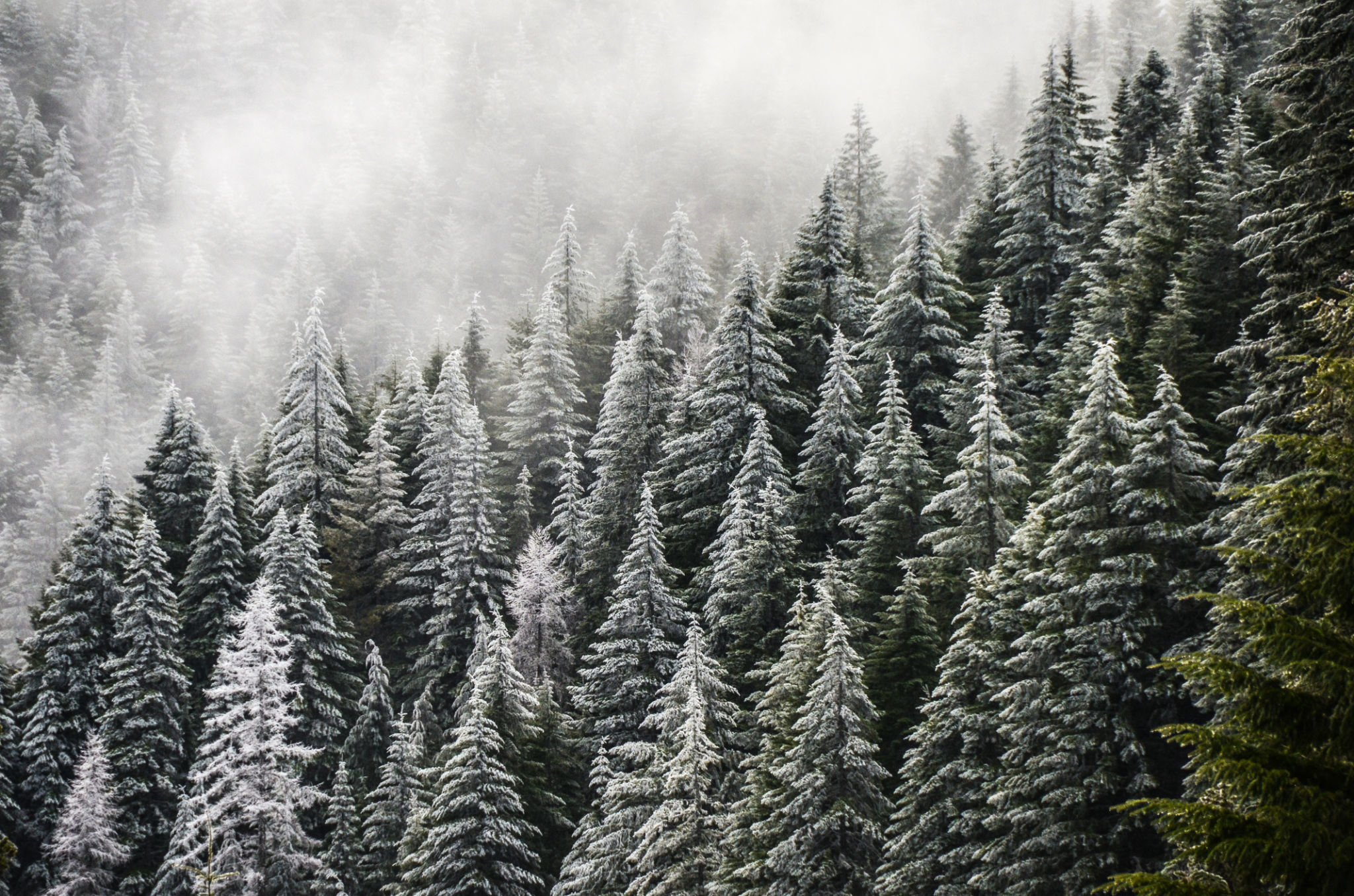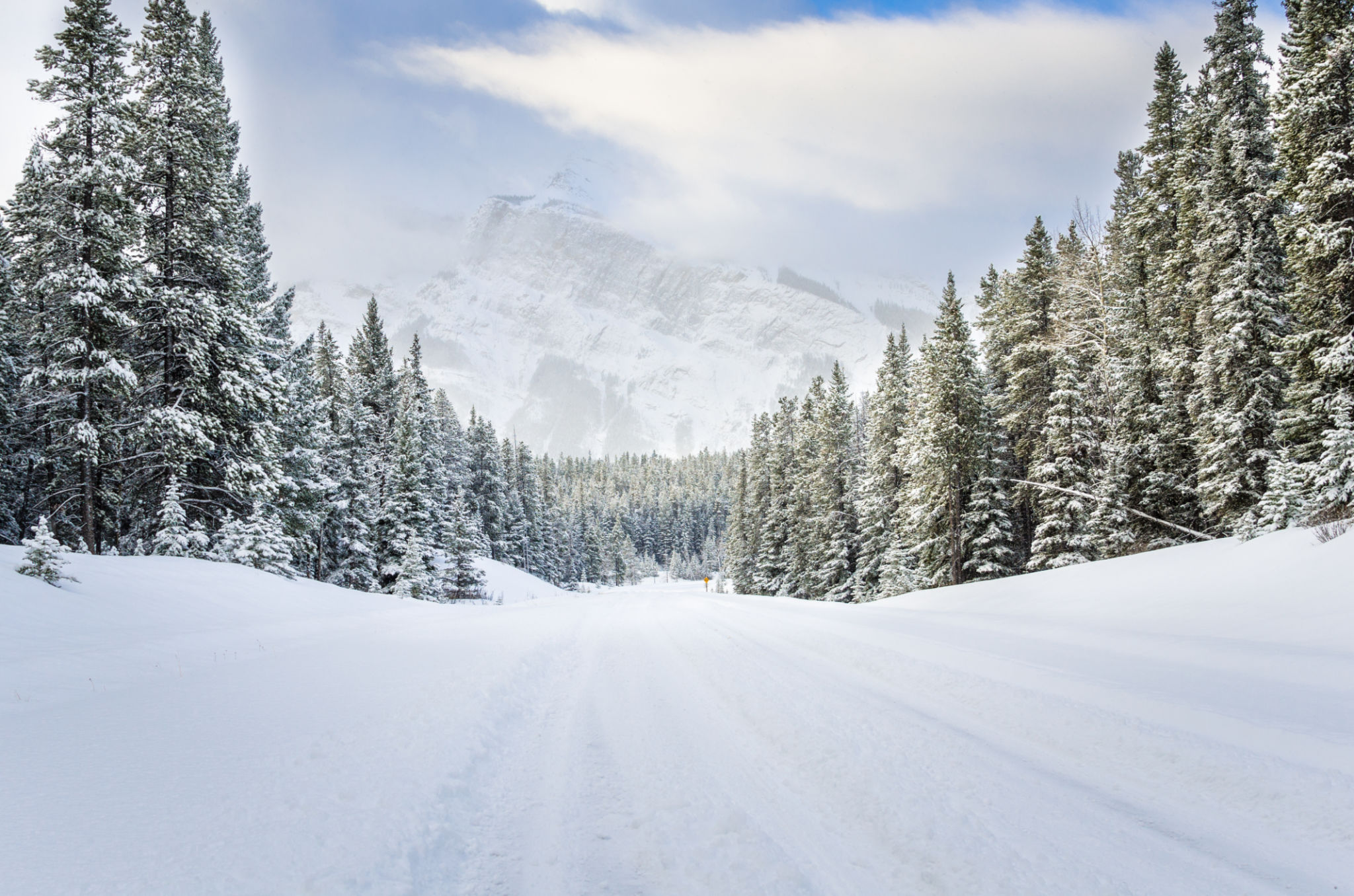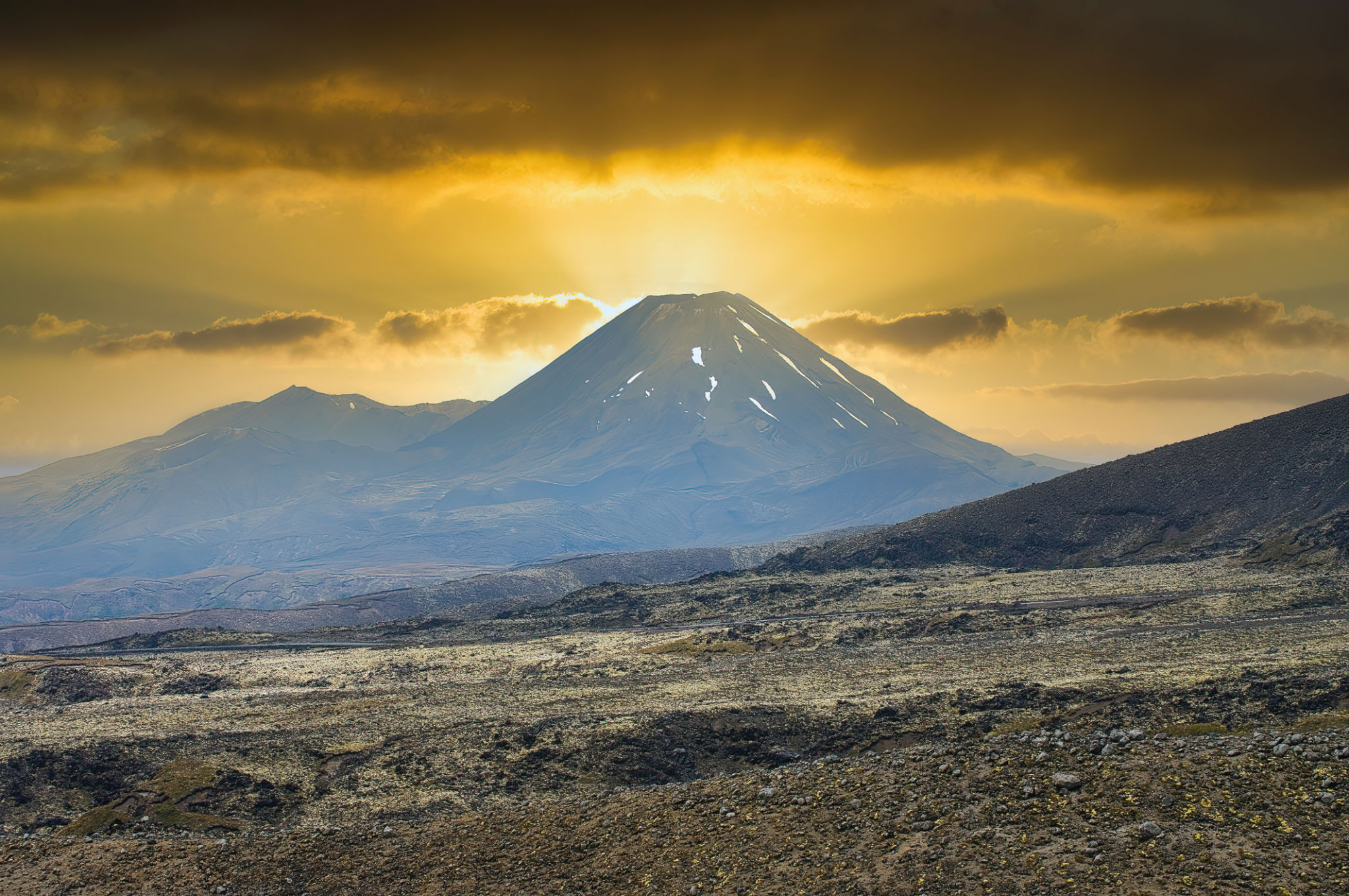Mastering the Art of Winter Screenwriting: Tips and Techniques
Understanding the Winter Setting
Winter is a season that brings with it a unique set of atmospheres, emotions, and challenges, making it a rich backdrop for screenwriting. The cold, the snow, and the starkness of the landscape can be used to enhance your narrative and bring depth to your story. Embrace the season's natural moodiness to amplify suspense, introspection, or even drama within your script.
When crafting a winter screenplay, consider how the setting influences your characters. The harshness of winter can act as an antagonist, creating obstacles and tension. The solitude of snow-covered environments can also offer moments of reflection and character development.

Creating Atmosphere Through Dialogue
Dialogue is an essential tool in conveying the chill of winter and the emotions it evokes. Think about how your characters' conversations might change in response to their environment. Cold weather can lead to terse exchanges or bring out deeper vulnerabilities as characters seek warmth—both physically and emotionally.
Use dialogue to reflect the season's themes. For instance, discussions about survival, isolation, or nostalgia for warmer times can add layers to your narrative. Remember that subtext is key; what your characters don't say can be as powerful as what they do.
Visual Storytelling with Winter Elements
Winter offers a visually stunning palette for filmmakers. The stark contrasts between snow and sky or the way light refracts through icicles can be striking on screen. Use these elements to create memorable scenes that captivate your audience.
Consider utilizing winter's natural elements as metaphors within your story. A blizzard might symbolize chaos or confusion, while a clear, icy pond could represent clarity or truth. These visual cues can enrich your storytelling and provide a deeper understanding of your plot.

Challenges of Filming in Winter
While winter can be visually beautiful, it also presents unique challenges during production. Extreme weather conditions can affect equipment and crew morale. Planning is crucial—ensure you have access to appropriate gear and locations that are safe and accessible.
It's also important to consider the comfort of your cast and crew. Provide adequate clothing and warmth on set to maintain morale and productivity. By anticipating these challenges, you can focus on capturing the essence of your story without unnecessary distractions.
Utilizing Soundscapes for Winter Scenes
Sound plays a crucial role in immersing your audience in a winter setting. Consider the sounds associated with this season—the crunch of snow underfoot, the howling wind, or the distant crackle of a fireplace. These auditory elements can enhance your scenes and evoke emotional responses.

Experiment with silence as well; the quiet stillness of a snowy landscape can be both eerie and peaceful, adding depth to pivotal moments in your screenplay. Use sound strategically to support the mood you aim to convey, whether it's tension or tranquility.
Incorporating Seasonal Themes
Winter is often associated with themes of survival, renewal, and reflection. Consider how these themes might resonate within your story. Perhaps your protagonist embarks on a journey of self-discovery during the winter months, or maybe they face physical challenges that test their resilience.
The season's inherent duality—its beauty and its harshness—can serve as a powerful narrative device. By weaving seasonal themes into your screenplay, you create opportunities for rich storytelling that resonates with audiences on multiple levels.
Researching Winter Screenplays
To master winter screenwriting, study films that effectively utilize this setting. Movies like "Fargo" or "The Revenant" showcase how winter can become an integral part of the narrative. Analyze how these films incorporate winter's elements into their storytelling and use them as inspiration for your own work.
Reading screenplays set in winter can also provide insight into how writers effectively convey this setting through text. Pay attention to scene descriptions, character interactions, and plot development within these scripts to enhance your understanding and skills.

